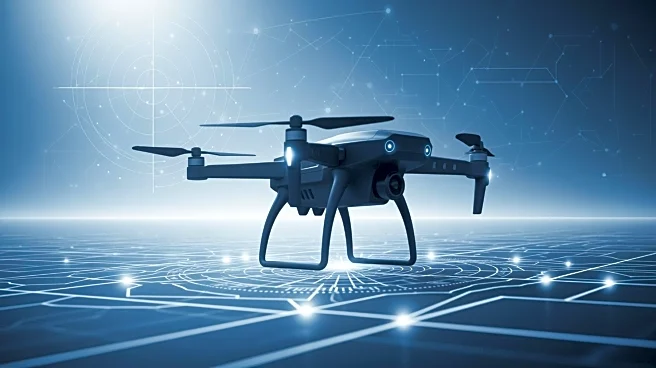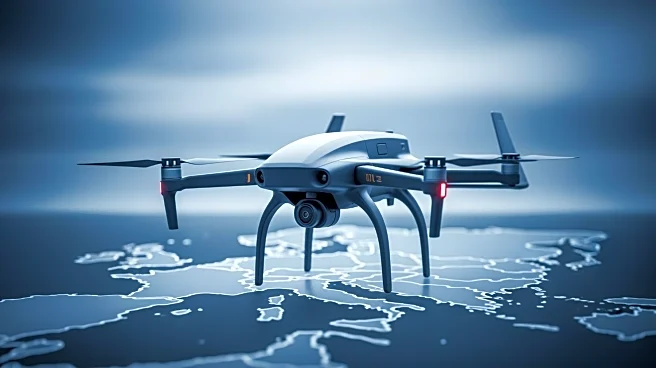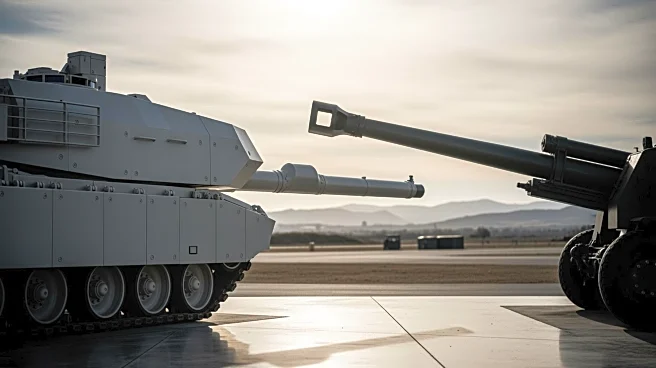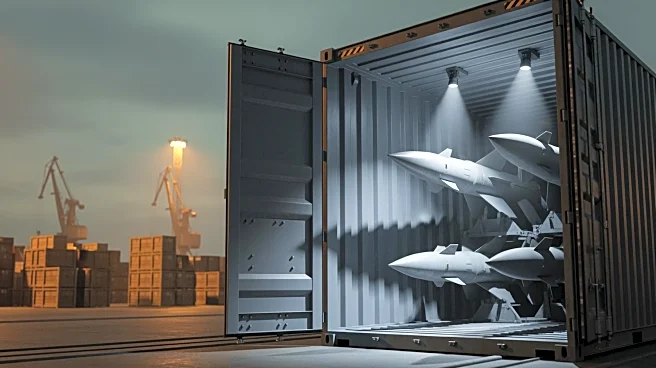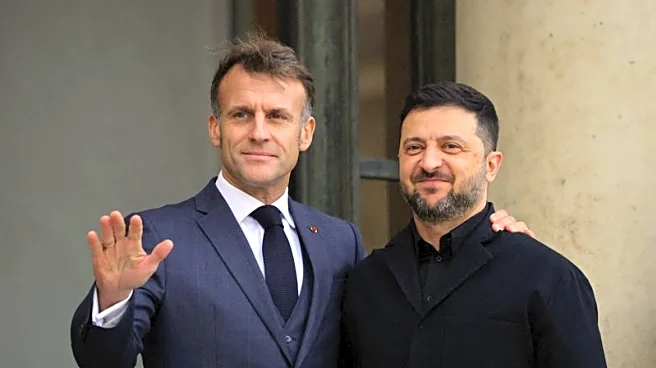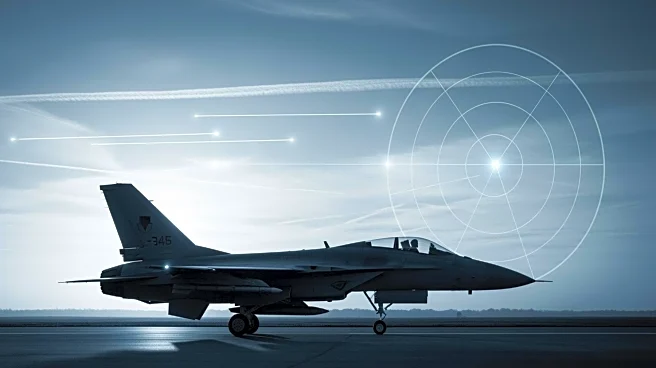What's Happening?
NATO has initiated the deployment of Merops interceptor drones to combat increasing Russian UAV incursions along its Eastern Flank. Countries such as Poland and Romania have received these systems, which
are designed to neutralize low-cost, slow-moving threats like the Russian Shahed drones. The Merops system, costing approximately $15,000 per unit, is a cost-effective solution compared to the expensive interceptor missiles previously used by NATO. The deployment follows a series of drone incursions that exposed vulnerabilities in NATO's airspace defenses, prompting the alliance to seek affordable and efficient countermeasures. Merops drones, which have been battle-tested in Ukraine, are capable of autonomously chasing and ramming hostile drones, providing a kinetic response to aerial threats.
Why It's Important?
The deployment of Merops drones is significant as it addresses NATO's need for cost-effective solutions to counter the growing threat of Russian UAVs. The affordability and effectiveness of Merops could shift the balance in aerial defense strategies, allowing NATO to protect critical infrastructure without incurring prohibitive costs. This move also highlights the evolving nature of modern warfare, where unmanned systems play a crucial role. By integrating Merops into its defense architecture, NATO can enhance its deterrence capabilities and maintain strategic stability in the region. The initiative underscores the importance of adapting to technological advancements and the need for continuous innovation in military defense systems.
What's Next?
NATO plans to expand the deployment of Merops drones as part of a broader strategy to establish a 'drone wall' across its Eastern Flank. This defense structure will integrate radars, sensors, jamming, and weapons systems to identify and eliminate approaching drones. The strategy aims to create a multi-layered defense that can deter or blunt attacks long enough for NATO's manned forces to reclaim the initiative. The deployment of Merops is expected to align with this strategy, providing a scalable and repeatable solution to counter UAV threats. As the situation evolves, NATO may continue to refine its approach, potentially incorporating additional technologies and systems to enhance its defense capabilities.
